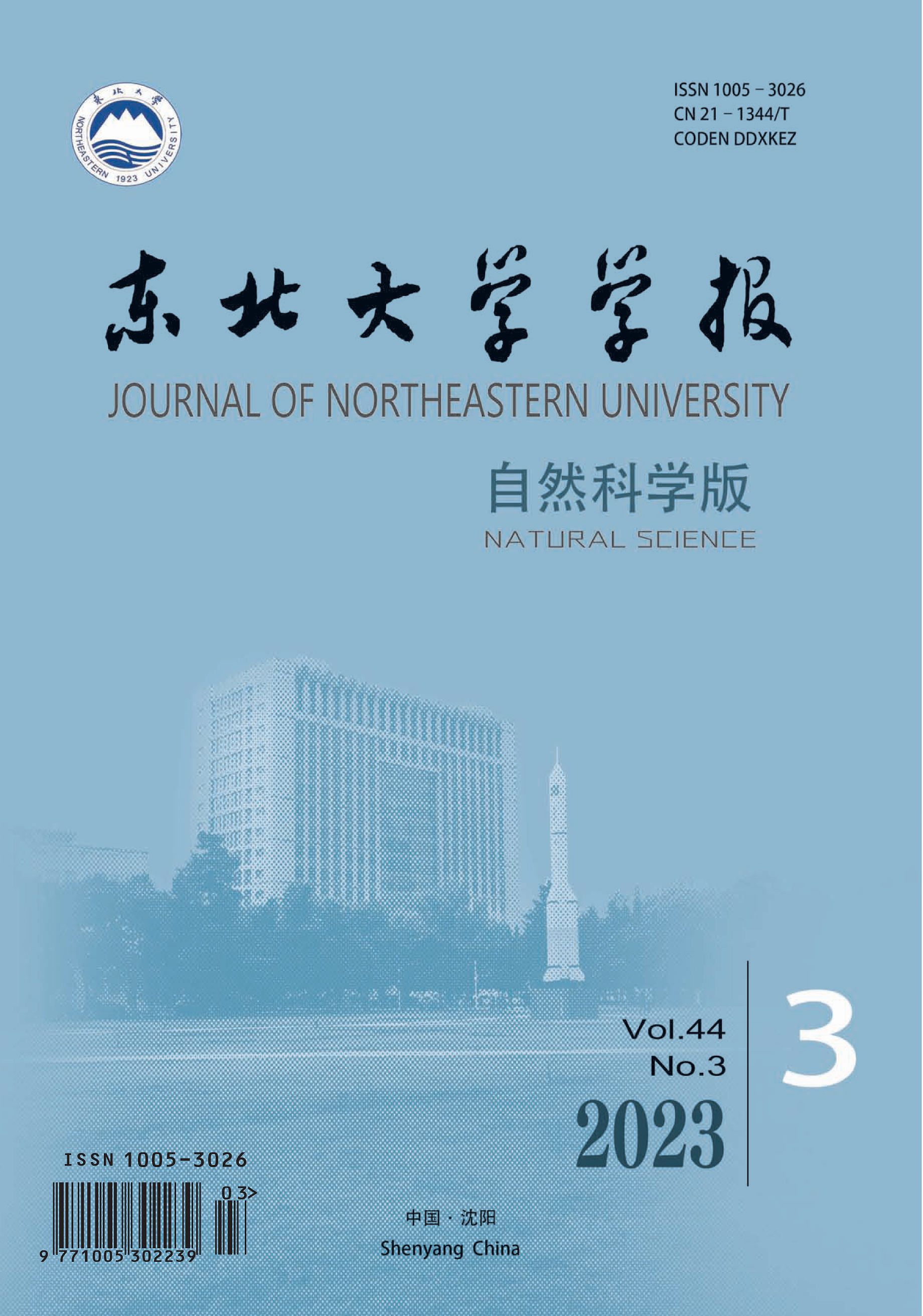|
|
Analyzing roller leveling strategies for high-strength steel plates
Cui, Li (1); Hu, Xian-Lei (1); Guo, Qiang (2); Liu, Xiang-Hua (1)
2011, 32 (5):
671-674.
DOI: -
With the advent of heavy grade steel plating, the problem of leveling high-strength steel plates has become a bottleneck in the development of high-strength steel. Curvature integration by elastic-plastic differences was used for high-strength plate leveling due to the leveling problem that frequently emerges during development of heavy grade high-strength steel. In this investigation, parameters including plastic deformation ratio, residual curvature, and leveling force were studied, given that the rating leveling force and plastic deformation ratio were the main facts restricting high-strength leveling. Finally, strategies for low capability levelers were obtained, including increased leveling pass, alteration roll pinching, and static pressure leveling, for leveling high-strength steel plates in production.
References |
Related Articles |
Metrics
|

